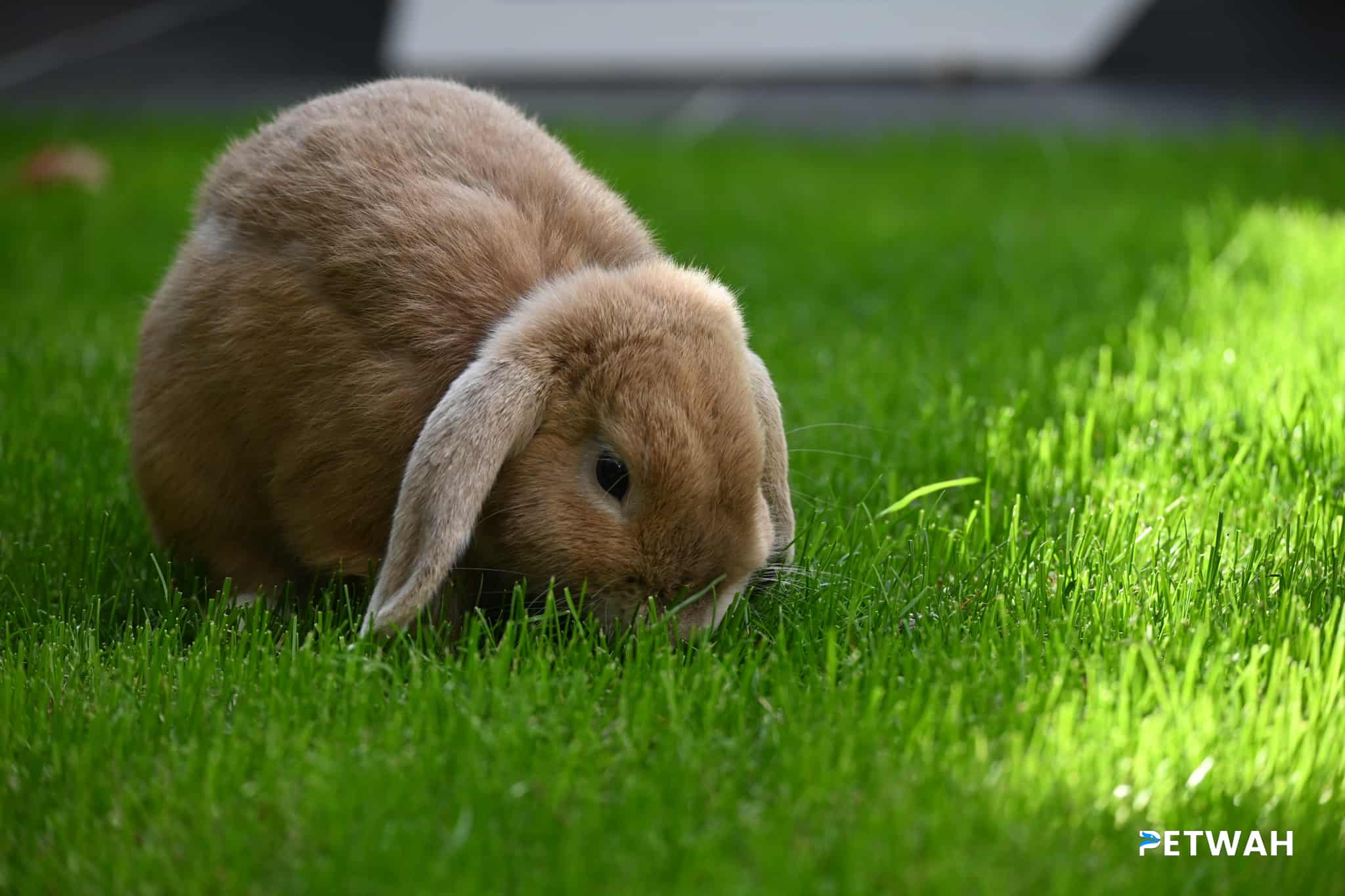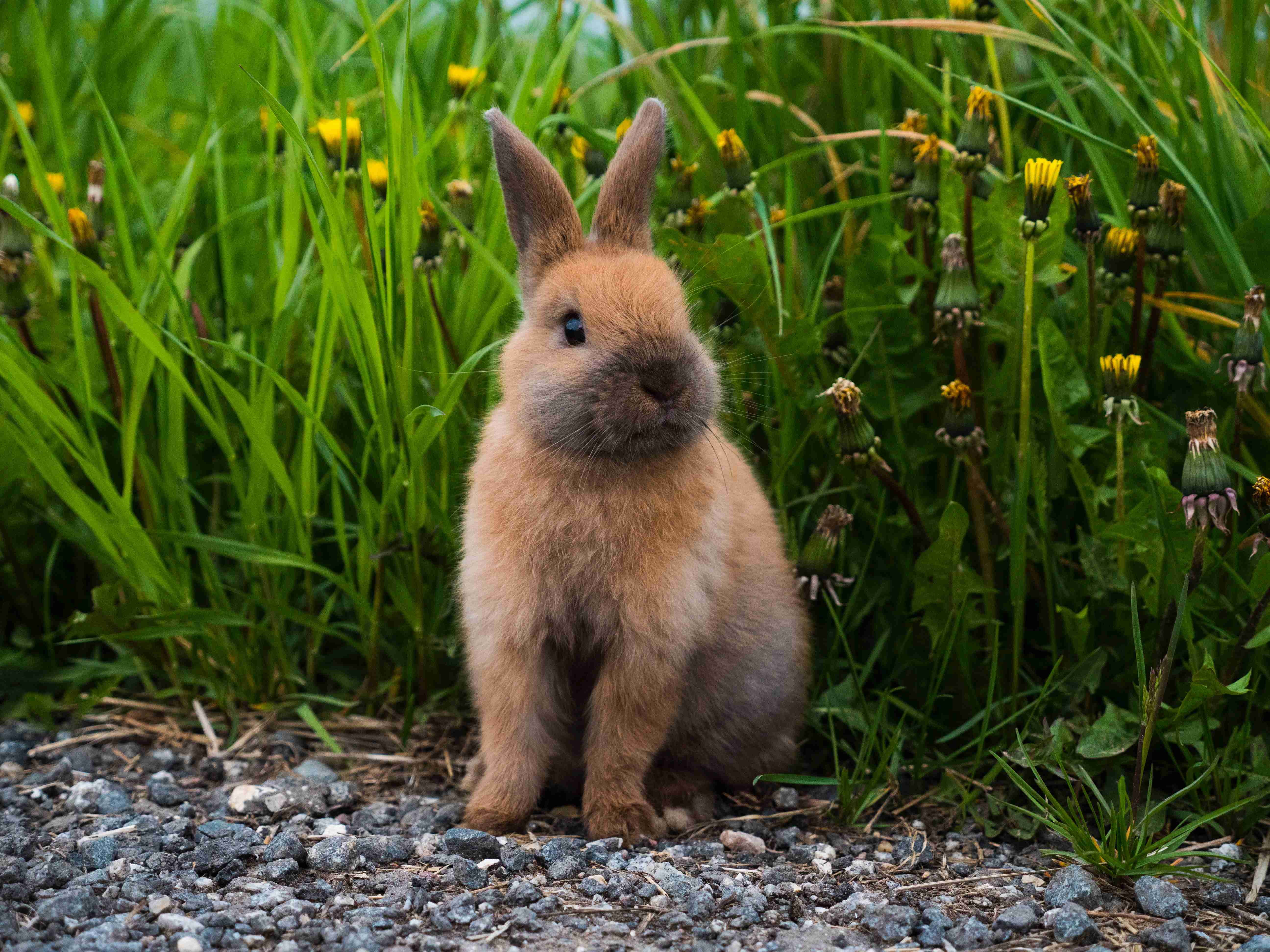As the weather starts to warm up, it’s important to ensure that your furry friend is staying cool and comfortable. While rabbits can handle cooler temperatures, they can easily become overheated, leading to heat stroke. Heat stroke can be fatal, so it’s crucial to take steps to prevent it from occurring. In this blog post, we’ll provide you with some tips to keep your bunny cool and prevent heat stroke. From providing shade and water to limiting exercise, we’ll cover it all so you can ensure your rabbit stays safe and healthy in the heat.
Rabbits may seem like animals that can tolerate heat, but the truth is, they are quite sensitive to temperature changes. In fact, heat stroke is a common health issue that rabbits face during the summer months, and it can be fatal if left untreated. However, there are simple steps you can take to ensure that your bunny stays cool and comfortable. Below are some tips to prevent heat stroke in rabbits:
1. Provide Plenty of Water
Make sure your rabbit has access to fresh, clean water at all times. During the summer months, check your rabbit’s water bowl more frequently to ensure it hasn’t run out of water or become too warm. You can also try adding ice cubes to their water bowl to keep the water cool and refreshing.
2. Keep Your Bunny in a Cool Environment
Rabbits are most comfortable in temperatures between 60-70°F. If your rabbit lives outdoors, make sure they have access to a shaded area where they can escape from the sun. You can also provide a fan to circulate the air and keep them cool. If your rabbit lives indoors, keep them in a room with air conditioning or a cool breeze.
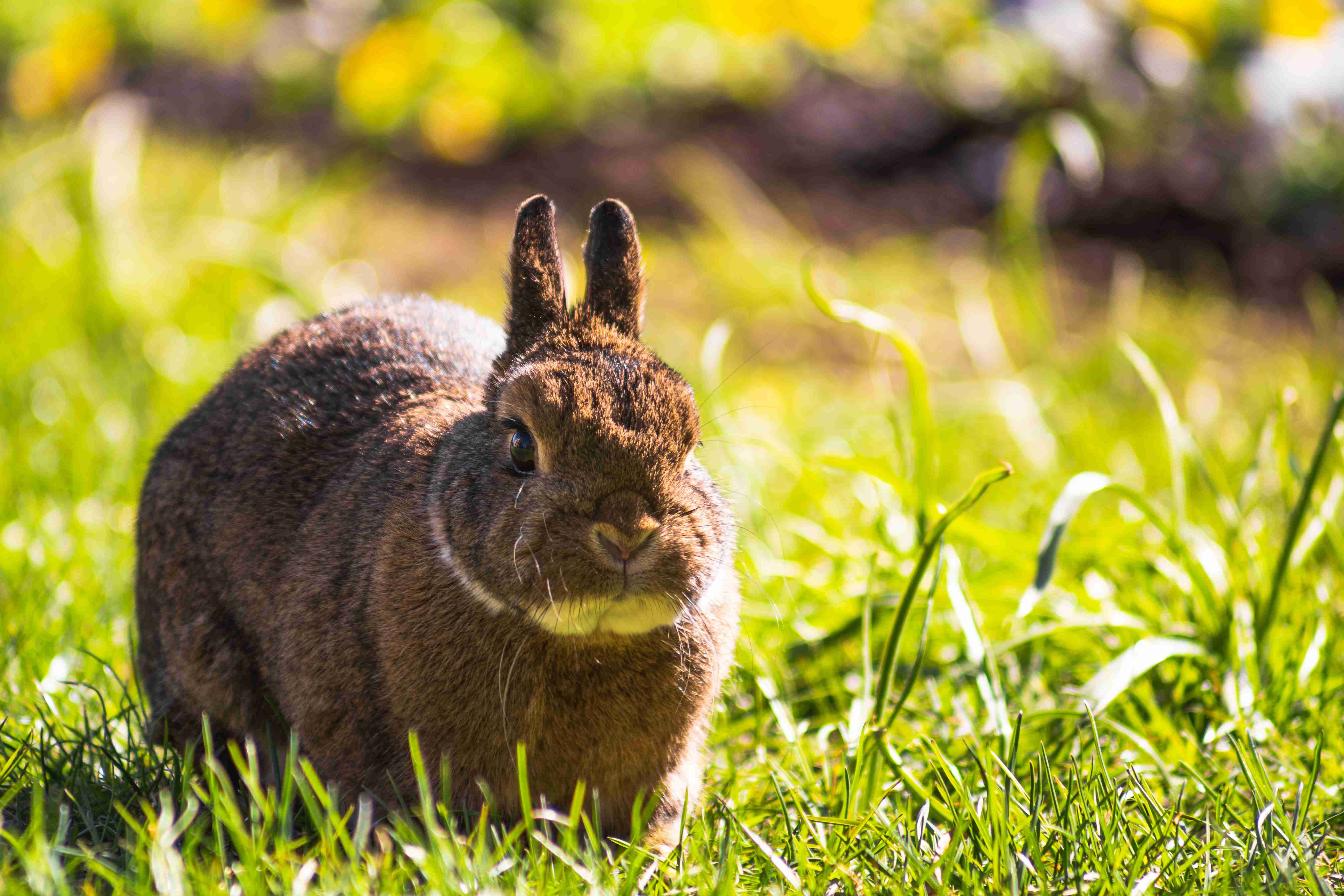
3. Limit Exercise During Hot Weather
During hot weather, it’s best to limit your rabbit’s exercise time. Avoid taking them for walks during the hottest parts of the day, and instead, opt for early morning or late evening walks when it’s cooler. You can also provide your rabbit with indoor activities such as toys to keep them entertained and active.
4. Groom Your Rabbit
Rabbits have a thick fur coat that can trap heat, making them more susceptible to heat stroke. To prevent this, make sure you groom your rabbit regularly. Brush their fur to remove any loose fur, which will allow air to circulate around their skin and keep them cool. You can also consider trimming their fur, but be careful not to cut it too short, as this can leave them vulnerable to sunburn.
5. Provide a Cool Surface to Lie On
Rabbits lose heat through their ears, feet, and mouth, so providing a cool surface for them to lie on can help regulate their body temperature. You can use a cool mat, a ceramic tile, or a frozen water bottle wrapped in a towel. Make sure to check the temperature of the surface before letting your rabbit lie on it to avoid any burns.
Overall, heat stroke is a serious health issue that can affect rabbits during hot weather. By following these tips, you can ensure that your bunny stays cool and comfortable, and avoid the risk of heat stroke. Remember to always monitor your rabbit’s behavior and seek veterinary attention if you notice any signs of heat stroke such as lethargy, loss of appetite, or difficulty breathing.
In conclusion, keeping your bunny cool during the hot summer months is crucial to their health and wellbeing. Heat stroke is a serious condition that can quickly become fatal if left untreated. By following the tips outlined in this article such as providing plenty of water, shade, and proper ventilation, you can help prevent your rabbit from suffering from heat stroke. Remember, it’s always better to be safe than sorry. So, make sure to keep a close eye on your bunny and take immediate action if you notice any signs of overheating. Stay cool and keep your furry friend happy and healthy!


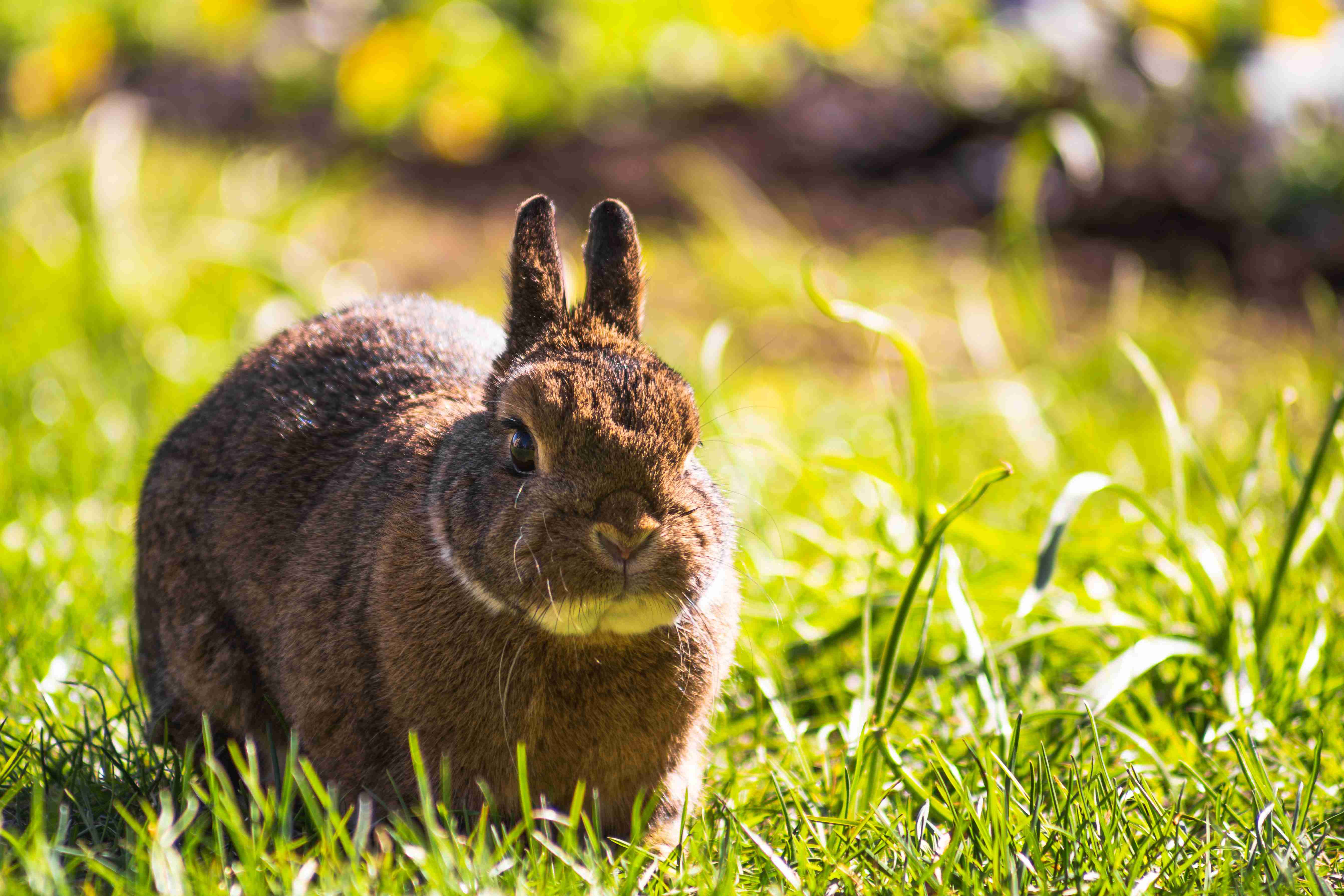
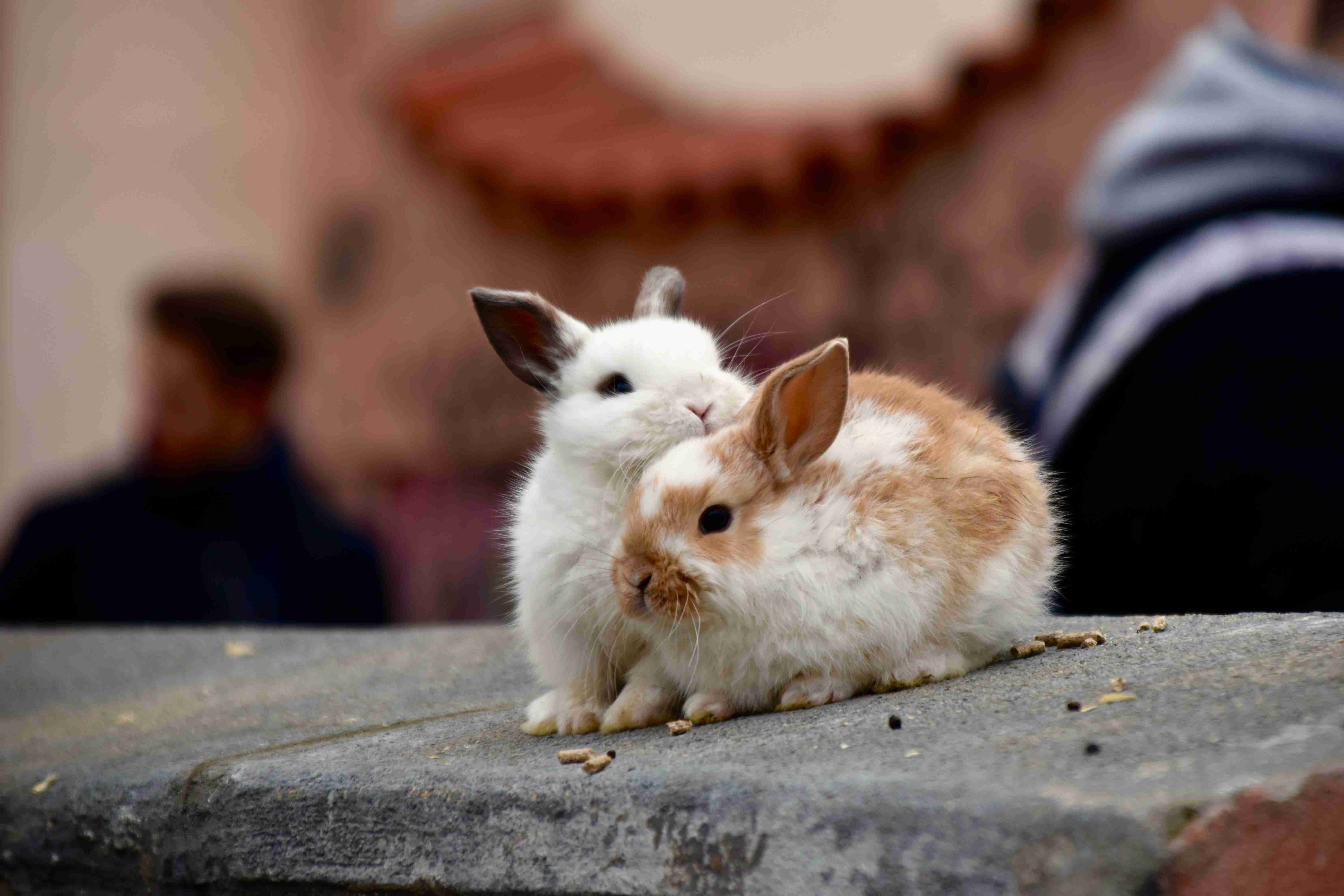
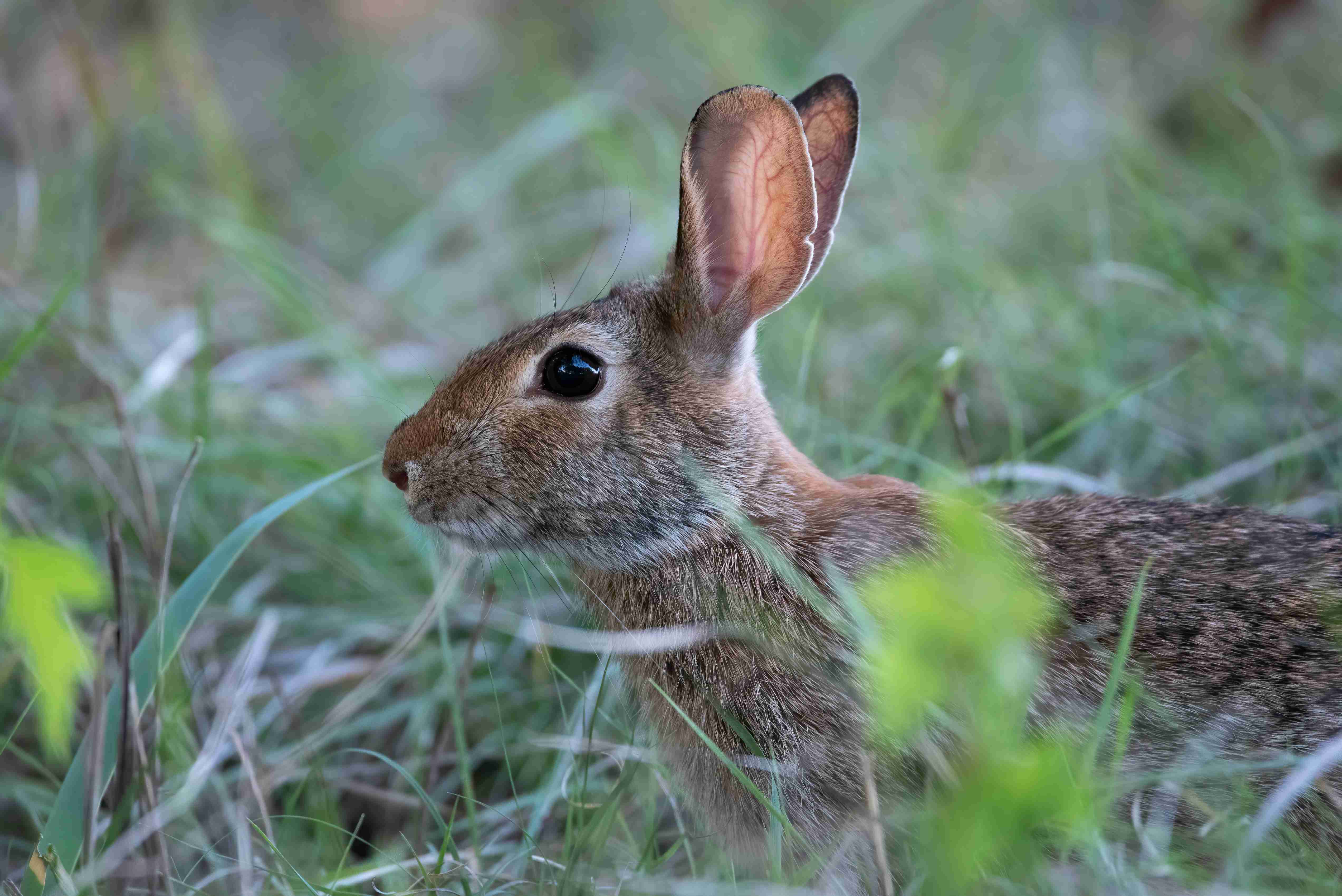
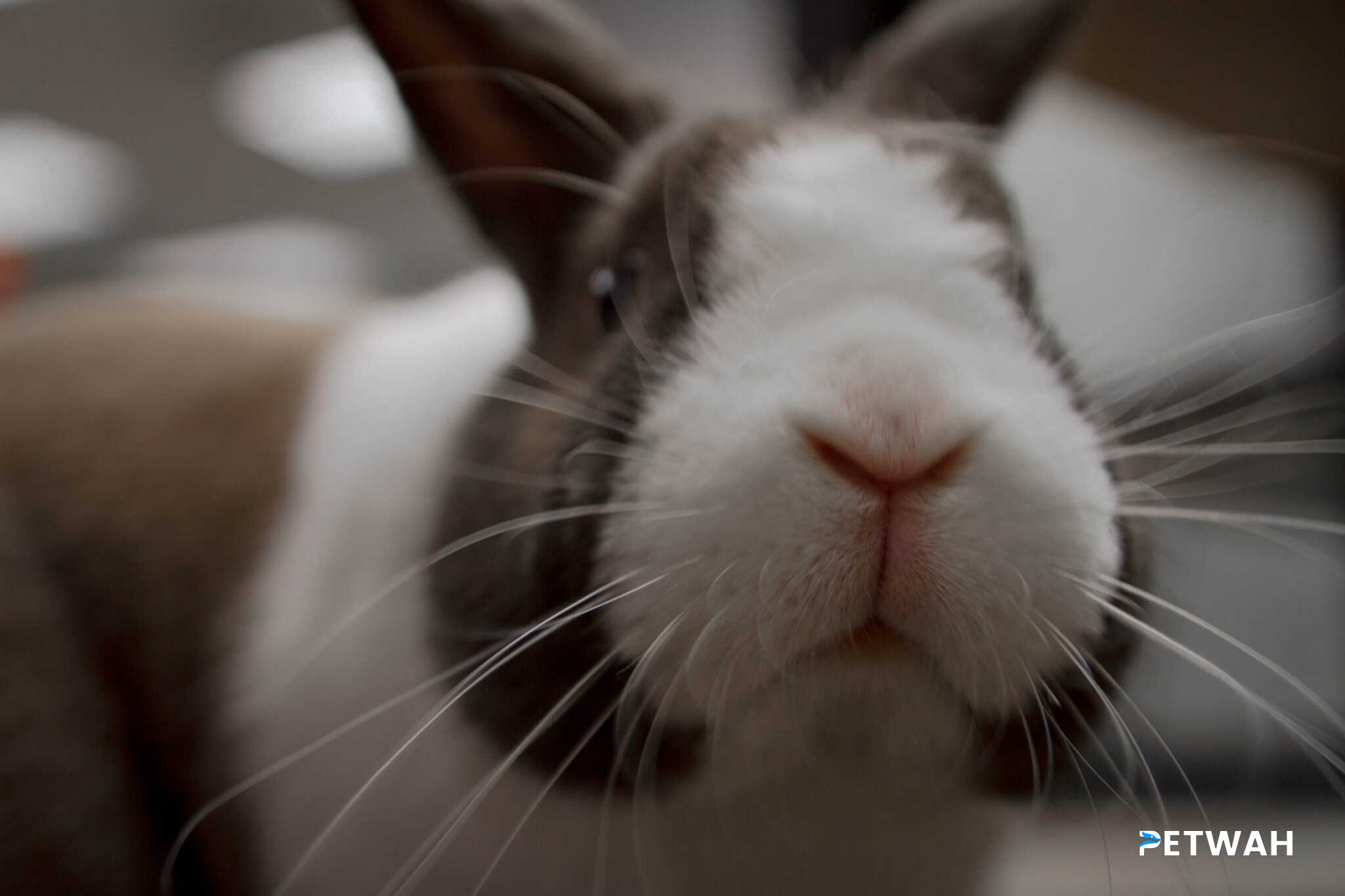
.jpg)
